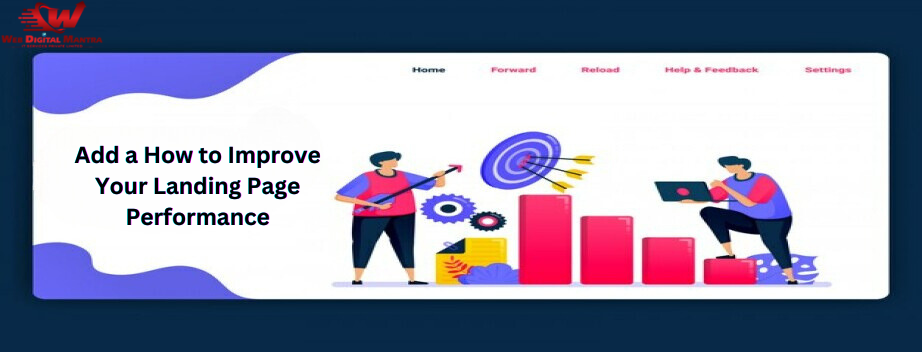
If you've ever wondered why certain websites always appear on the first page of Google, the answer lies in search engine optimization (SEO). Ranking high on Google isn't just about luck – it involves expertise a number of strategies to meet Google's constantly evolving standards. This article will walk you through no of steps to improve your website rankings, increase visibility, and increase organic traffic.
What is Google’s Search Algorithm?
Google's search algorithm is a complex system that ranks billions of web pages based on their relevance to users' search queries. It uses machine learning, artificial intelligence, and over 200 ranking factors to determine where your website appears on the search results page.
Key Factors in Google Rankings
Some of the essential factors that impact your rankings include:
Understanding these elements is the foundation for optimizing your website.
Importance of Keyword
Keywords are the bridge between what people search and your site's content. If you know what terms your audience is using, you can optimize your content accordingly, increasing your chances of appearing higher in search results.Keywords are the bridge between what people search and your site's content. If you know what terms your audience is using, you can optimize your content accordingly, increasing your chances of appearing higher in search results.
Short-Tail vs. Long-Tail Keywords
Long-tail keywords: More specific phrases like "how to rank website on Google for beginners" that attract a targeted audience with less competition.Short-tail keywords: General terms like "SEO tips" with high search volume but tough competition.
How to Use Keyword Tools Effectively
Tools like Google Keyword Planner, Ahrefs, and Ubersuggest can help you discover the right keywords for your niche. Aim for a mix of both short-tail and long-tail keywords to capture a broader audience.
Crafting SEO-Optimized Content
Creating valuable, informative, and engaging content is the backbone of SEO. Google rewards content that provides solutions to users' queries. Here are some tips:
Meta Titles and Meta Descriptions
Meta titles and descriptions are crucial as they are the first things users see on Google. Make them compelling and keyword-rich to increase click-through rates (CTR).
Importance of Header Tags (H1, H2, H3)
Header tags not only structure your content but also help Google understand its relevance. Use H1 for the main title, H2 for subheadings, and H3 or H4 for further subdivisions.
Internal Linking Strategies
Linking internally to other relevant pages on your site can:
Building Backlinks
Backlinks—links from other websites to yours—signal to Google that your content is trustworthy and valuable. Focus on:
Social Media’s Role in SEO
While social media signals don’t directly influence rankings, they can amplify your content’s reach, leading to more visibility and potential backlinks.
Mobile Friendliness and Page Speed
Since most users access Google via smartphones, it is essential to have a mobile-friendly site. Google's mobile-first indexing means that it primarily evaluates the mobile version of your site for rankings. Additionally, faster page speeds result in a better user experience, which Google rewards.Since most users access Google via smartphones, it is essential to have a mobile-friendly site. Google's mobile-first indexing means that it primarily evaluates the mobile version of your site for rankings. Additionally, faster page speeds result in a better user experience, which Google rewards.
Structured Data and Schema Markup
Implementing schema markup helps search engines understand your content better. It can also enhance how your page appears in search results with rich snippets—like star ratings or event dates.
Using Google Analytics and Search Console
Regular monitoring is key to sustained SEO success. Google Analytics helps track user behavior, while Google Search Console identifies issues like crawl errors and indexing problems.
Measuring Core Web Vitals
Core Web Vitals measure essential aspects of user experience like:
Improving these metrics can boost your rankings.
Ranking a website on Google is a journey that requires patience, consistency, and strategy. By focusing on on-page and off-page SEO techniques, optimizing your content, and making sure your site is technically sound, you can climb search rankings and attract valuable organic traffic. Remember to regularly monitor your progress and make changes to your strategies as needed to stay ahead of the competition.Ranking a website on Google is a journey that requires patience, consistency, and strategy. By focusing on on-page and off-page SEO techniques, optimizing your content, and making sure your site is technically sound, you can climb search rankings and attract valuable organic traffic. Remember to regularly monitor your progress and make changes to your strategies as needed to stay ahead of the competition.
1. What is the ideal keyword density?
There’s no fixed rule, but aim for 1-2% to keep your content natural and avoid keyword stuffing.
2. How long does it take to rank on Google?
It usually takes 3-6 months, depending on competition and the quality of your SEO efforts.
3. Can I rank without backlinks?
While it’s possible, backlinks significantly boost your chances of ranking higher, especially for competitive keywords.
4. What tools can help with SEO?
Popular tools include Ahrefs, SEMrush, Google Analytics, and Moz.
5. How often should I update my content?
Regularly updating content—at least every 6-12 months—helps maintain relevance and ranking.
 Jaganath Das
Jaganath Das
Copyright @2020. All Rights Reserved by WEB DIGITAL MANTRA IT SERVICES PVT LTD
Post Reviews